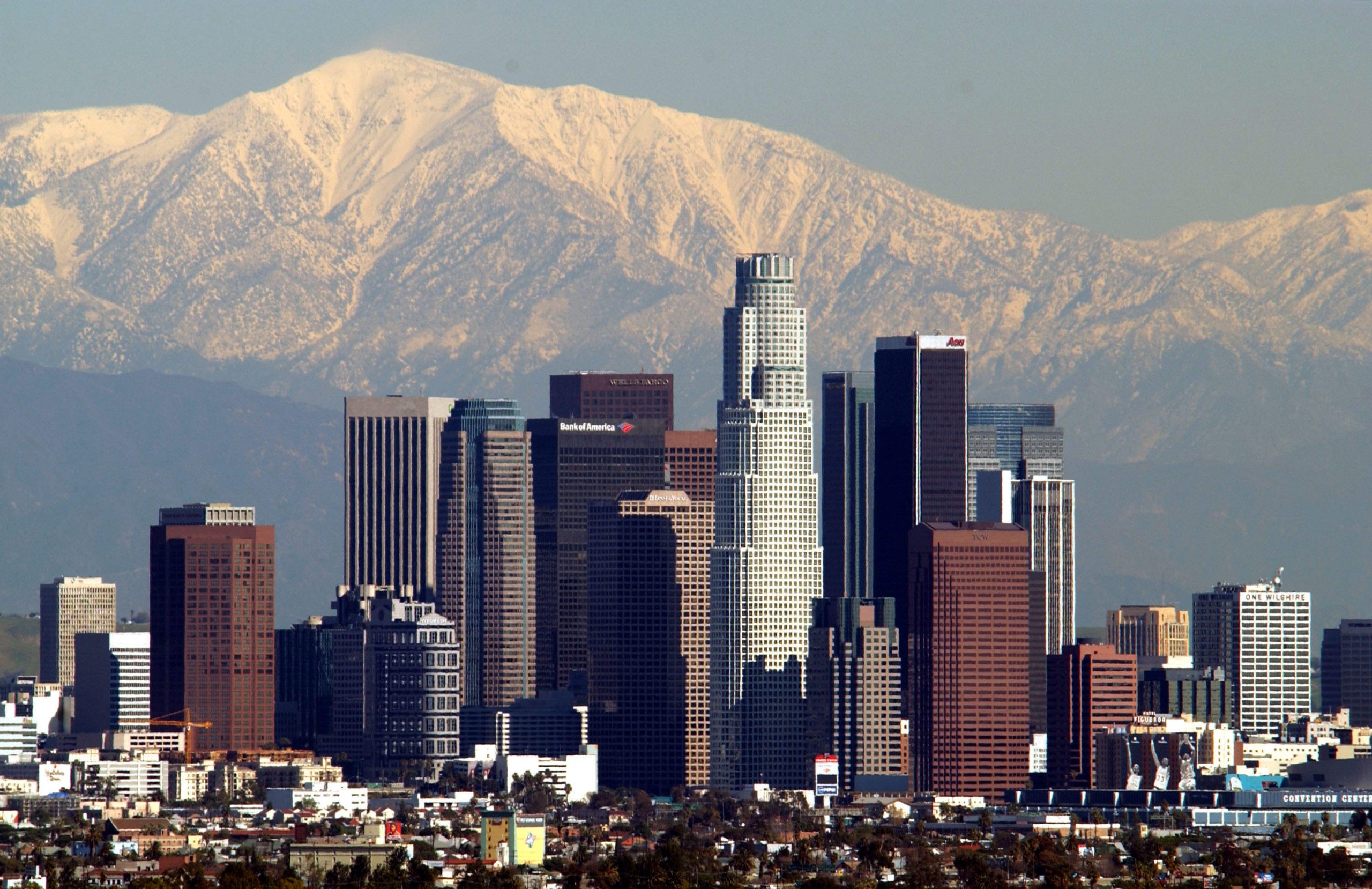
There was no tension over which candidate would carry New York in November’s presidential election. Both Hillary Clinton and Donald Trump claimed it as their home state, and such claims have usually conferred an advantage. But the state hasn’t voted for a Republican since 1984: Trump never had a chance.
Yet headline results can obscure as much as they reveal. Hillary Clinton beat Barack Obama’s performance in several counties in and around New York City but she lost ground in the state as a whole – and upstate, Trump surged. In the largely rural Franklin County, he turned Mitt Romney’s 62-36 loss in 2012 into a 50-43 victory.
The pattern was replicated across the US. The electoral college encourages us to think in terms of red (Republican) states fighting blue (Democratic) ones. The facts are more complicated: Southern conurbations such as Houston and Miami moved towards Clinton; small towns and rural areas in historically blue states swung to Trump.
Nor is this trend unique to the US. Across the Western world, cities are opting for progressive or establishment causes while the provinces vote for extremist or populist candidates. In Britain’s referendum on EU membership last June, most cities were markedly more pro-European than their hinterlands. The far-right presidential candidate Norbert Hofer won majorities in the Austrian countryside while the pro-Green Alexander Van der Bellen triumphed in Vienna, Salzburg and Linz. And polls suggest that, should the Front National’s Marine Le Pen win in France, it will be thanks to la France profonde.
It is not quite right to imagine this fault line as lying between city and countryside. Sunderland’s stronger-than-expected vote for Leave was the first sign of an earthquake to come, and even though other northern cities chose Remain the vote was often close. Trump would never have won without the surge in support from smaller cities in the Rust Belt states of Pennsylvania, Michigan and Ohio. Five outer London boroughs voted for Brexit and Staten Island voted for Trump. Meanwhile, rich commuter suburbs in Connecticut and Kent were enthusiastic backers of Clinton and Remain.
There are other ways of describing the divide: metropolitan and provincial; booming and struggling. “I quite like ‘cosmopolitan and shrinking’, because it combines attitudinal and economic factors,” says Will Jennings, a senior lecturer in politics at the University of Southampton who has researched this division. Certain areas – big cities, administrative centres, university towns – “combine dynamic economies with a more mobile population and socially liberal attitudes”. Others are blessed with none of those things. The physical gap between these places can be a matter of a few miles. The cultural gap can seem unbridgeable.
So, if the difference between the two types of place is not merely physical, what is it? Partly it’s a matter of demographics. The populations of Jennings’s “shrinking” places are usually older, and less likely to have a degree. They are also less ethnically diverse than the more cosmopolitan big cities and they worry about immigration, though they are largely untouched by it.
All these factors, however, can be traced back to another, bigger one: the difference in the relationship between these two types of place and the modern economy. To put it crudely: big cities have won. Under globalisation, entire industries shipped overseas; and, with technological improvements, those that remain require far fewer workers. Towns that grew up to provide workers for a mine or a factory or the docks are now surplus to requirements. Their communities have, quite literally, lost their purpose.
Cities, on the contrary, are booming: the shift towards services has produced an overwhelming concentration of the best-paid jobs in a small number of global trading cities or research hubs. (Research from the Brookings Institution found that, if US counties could vote based on the size of their economies, Clinton would have beaten Trump by 64 per cent to 36.) This has created resentment in communities outside the lucky few. But it has also changed who lives there. Younger, more educated people leave to seek their fortune in London or Paris, Vienna or New York. Many of those who stay are older, less educated – and less liberal.
It is an oversimplification to talk about these voters as having been “left behind” by the modern economy. Older voters may be more reactionary, but they are also more likely to have wealth. Yet often they’ve been left behind in another, more literal sense: they are the ones who remain when others have gone. When Jennings calls these places “shrinking”, he isn’t speaking figuratively.
The result is a form of social sorting, in which groups of people with particular attitudes and life experience congregate in particular places, each viewing the other as decadent or backward. In a wide range of areas, such as social policy, trade and immigration, they want completely different things from their government.
Explaining why this division came about is the easy bit: much harder is working out what we can do about it. George Osborne’s solution was to improve transport links, to enable depressed northern mill towns to gain access to jobs now in London or Manchester or Leeds. While this could work in a small country like England, it’s hard to see it working out in Ohio.
Jonn Elledge is the editor of CityMetric
This article appears in the 04 Jan 2017 issue of the New Statesman, Divided Britain





